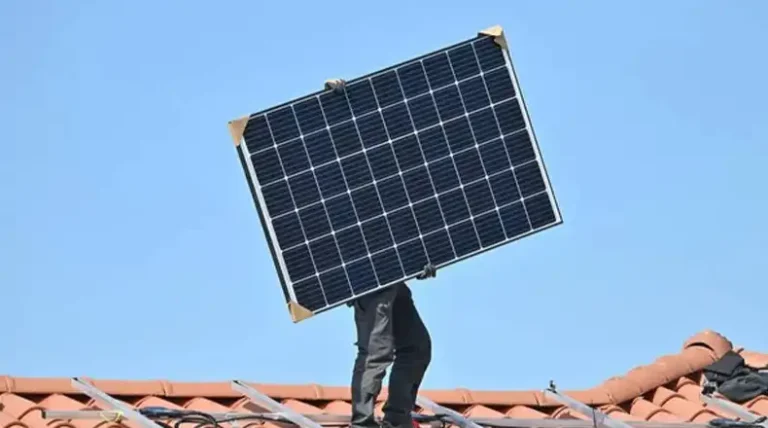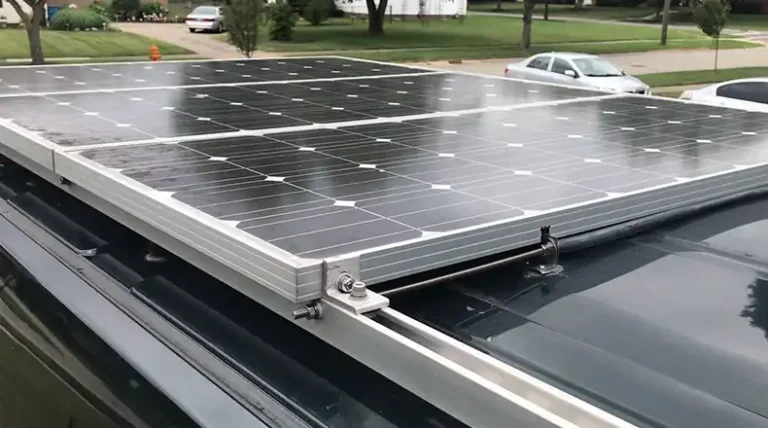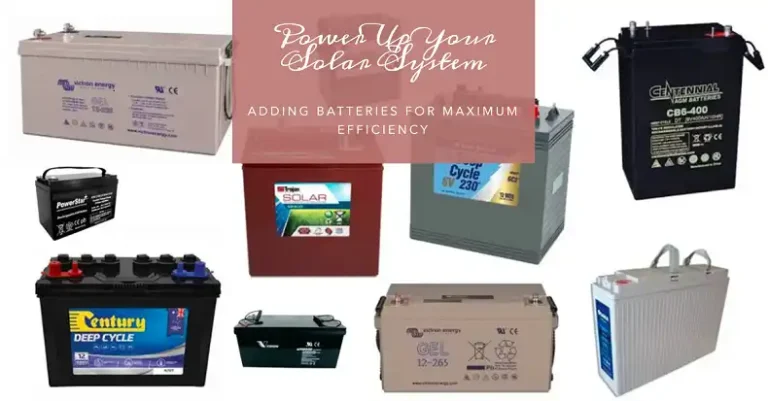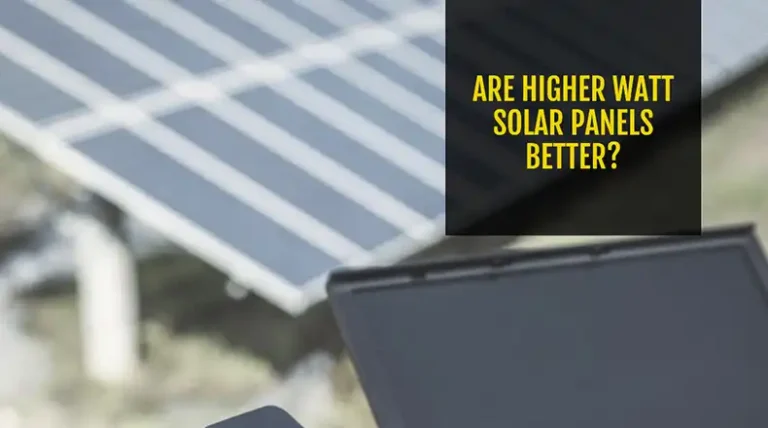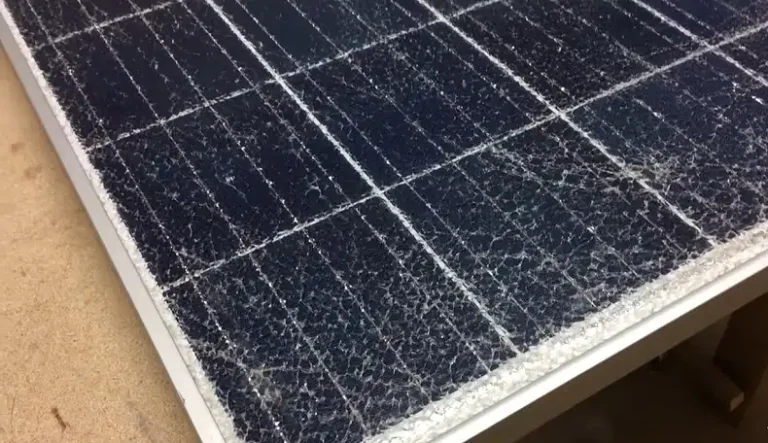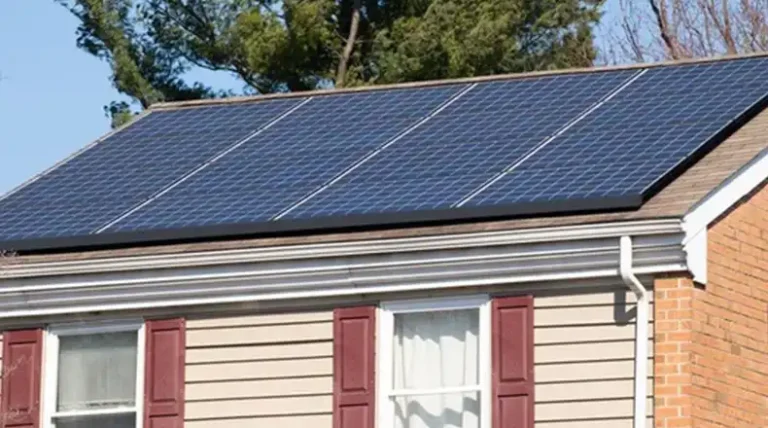Figuring Out How Many Panels in Series And Parallel Based on Your MPPT
Getting the most power output from your solar panels is key to maximizing their return on investment. Using a Maximum Power Point Tracker (MPPT) charge controller allows you to optimize the energy harvest by keeping the panels operating at peak efficiency. Configuring the right number of panels in series and parallel is essential to take full advantage of your MPPT.
The MPPT has a specific voltage range where it performs best. Staying within this range means you’ll get the highest throughput and efficiency. Determining the optimal solar array configuration to match your MPPT comes down to some key calculations using the controller’s specifications.
Connecting panels in series boosts the voltage, while parallel strings increase overall current. This guide will walk through the steps to figure out the ideal layout based on your MPPT’s parameters so you can get the maximum power point tracking benefits. Learning this process will ensure you harness the full capability of your solar system.
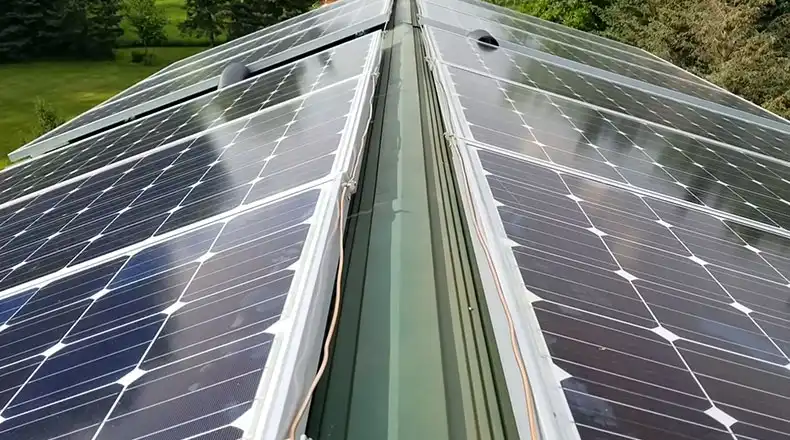
Step-by-Step Process of Calculating Solar Panel in Series Based on Your MPPT
Here is a step-by-step example of calculating the number of solar panels to wire in series based on the MPPT charge controller specifications:
Step-1. Gather the solar panel specifications:
– Panel wattage: 330W
– Rated voltage (Vmp): 40V
– Open-circuit voltage (Voc): 49V
Step-2. Check the MPPT charge controller voltage specifications:
– Minimum voltage: 60V
– Maximum voltage: 115V
Step-3. Calculate maximum panels in series:
– The MPPT requires an input between 60V – 115V
– Each solar panel has a Voc of 49V
– So the maximum panels in series is: 115V(max)/49V = 2.3 panels (round down to 2 panels to stay under max voltage)
Formula: Number of panels in Series= MPPT Voltage / Individual Panel Voltage
Step-4. Calculate actual series voltage with 2 panels:
– Each panel is rated at 40V
– 2 panels × 40V = 80V
Formula: Total Voltage= Number of Panels in Series × Individual Panel Voltage
So with these 330W solar panels that have a 49V (Voc) and 40V rating, the maximum series panels to stay within the 60V – 115V MPPT voltage range is 2 panels:
– 2 panels in series produces 80V
– This is between the MPPT’s 60V – 115V range
So with this MPPT and panel specs, 2 panels wired in series stays within the proper input voltage range.
Step-by-Step Process of Calculating Solar Panel in Parallel Based on Your MPPT
Here is an example walkthrough for calculating the number of solar panels in parallel based on a MPPT charge controller’s current specifications:
Step-1. Gather the solar panel and MPPT specifications:
– 250 watt solar panels
– Panel rated current (Imp): 7.6A
– MPPT maximum input current: 50A
Step-2. Calculate number of panels in series:
– Let’s say based on the voltage specs we determined we can have 3 panels in series.
Step-3. Calculate current for each series string:
– Each 250W panel is rated for 7.6A
– With 3 panels in series, the current remains 7.6A
Step-4. Determine maximum strings in parallel:
– The MPPT can handle a maximum input current of 50A
– Each series string of 3 panels produces 7.6A
– To find the max strings in parallel:
50A (max) / 7.6A (each string) = 6 strings
– So the maximum parallel strings is 6
Formula: MPPT Current (Target Current) / Individual Panel Current (Imp) = Parallel Strings
Step-5. Calculate total number of panels:
– 3 panels in series
– 6 strings in parallel
– So total panels = 3 × 6 = 18 panels
In this example, with a 50A MPPT and 250W, 7.6A solar panels in series strings of 3 panels, we can have a maximum of 6 strings in parallel (for 18 total panels) before exceeding the MPPT’s current limit.
Step-by-Step Process of Calculating Solar Panel in Mixed (Series & Parallel) Based on Your MPPT
An example calculation for determining the number of solar panels to wire in series and parallel based on a MPPT charge controller’s specifications. Here is a step-by-step approach:
Step-1. Determine your solar panel specifications:
Let’s say you have 250W panels
– Optimal operating voltage of 30V
– Optimal operating current of 8.33A
– Open-circuit voltage (Voc) of 37V
Step-2. Check the MPPT charge controller specifications:
– Input voltage range: 30-80V
– Max input current: 30A
– Max input power: 1000W
Step-3. Determine number of panels in series:
– To stay in the MPPT voltage range, we need 30V-80V
– With a 37V Voc per panel, we should not exceed 3 panels in series
– 3 panels x 30V operating voltage = 90V (within range of MPPT)
Step-4. Determine max number of series strings in parallel:
– The MPPT can handle max 30A
– Each series string produces 8.33A
– So max strings in parallel is 30A / 8.33A = ~4 strings
Formula: Panels in Parallel, NParallel= Imppt / Ipanel
Step-5. Determine total number of panels:
– 3 panels in series
– 4 strings in parallel
– So total panels = 3 x 4 = 12 panels
Formula: Total number of panel in both Series and Parallel, Ntotal = Nseries x Nparallel
In this example with a 1000W 60V MPPT and 250W 30V solar panels, we would use 3 panels in series (90V total) and 4 of those 3-panel strings in parallel to produce 12 x 250W = 3000W. This keeps us within the voltage and current limits of the MPPT.
People Also Ask (PAA)
Q1. What is the main consideration when determining panels in series?
A1. The MPPT charge controller’s input voltage range dictates the number of panels in series. Series panels must stay within min/max voltages.
Q2. How does panel orientation impact optimal panel configuration?
A2. Orientation affects current draw – vertical panels see less irradiance. More parallel strings may be needed with vertical mounting.
Q3. Can fewer, higher voltage panels be used instead of more lower voltage panels?
A3. Yes, but higher voltage panels must still stay within MPPT specifications when wired in series.
Q4. Is it better for the MPPT to have the solar array near its maximum input voltage?
A4. Yes, the closer the array voltage is to the upper limit of the MPPT voltage range, the better the power transfer efficiency.
Q5. What happens if the maximum amperage rating of the MPPT is exceeded?
A5. The MPPT will automatically shut down if overloaded on current to prevent damage. Wire enough parallel strings to stay under the maximum input amp rating.
Final Words
When connecting solar panels to an MPPT charge controller, calculating the precise combinations of series and parallel wiring is crucial. Panel configuration must stay within the MPPT’s operating voltage and current limits to enable peak efficiency. Careful planning to optimize specifications, along with validating calculations, will provide reliable system performance. Achieving an optimal balance matches harvest to demand through properly-sized photovoltaics and converters.

